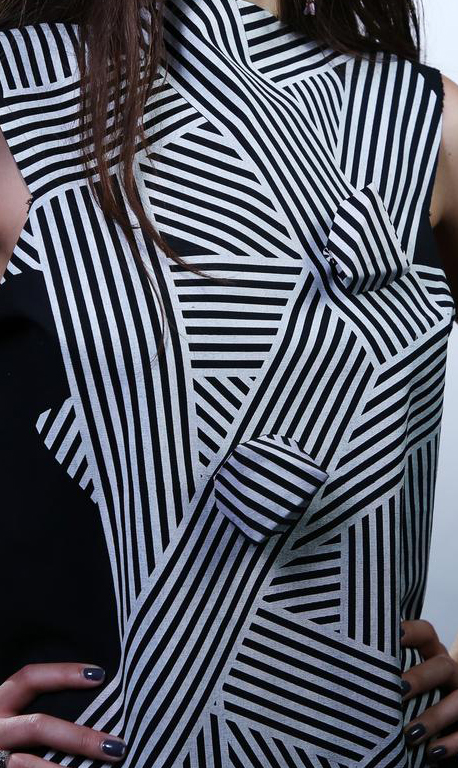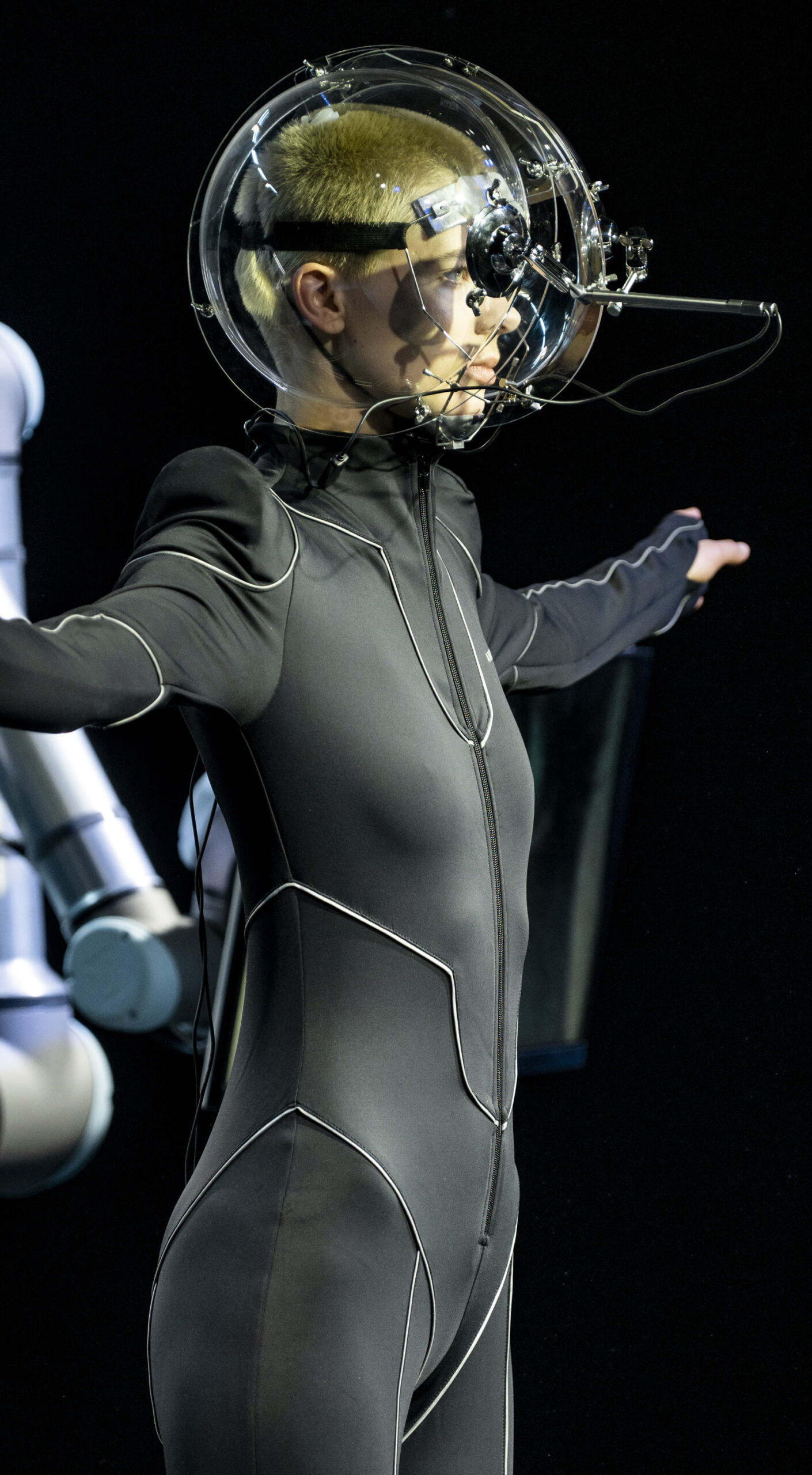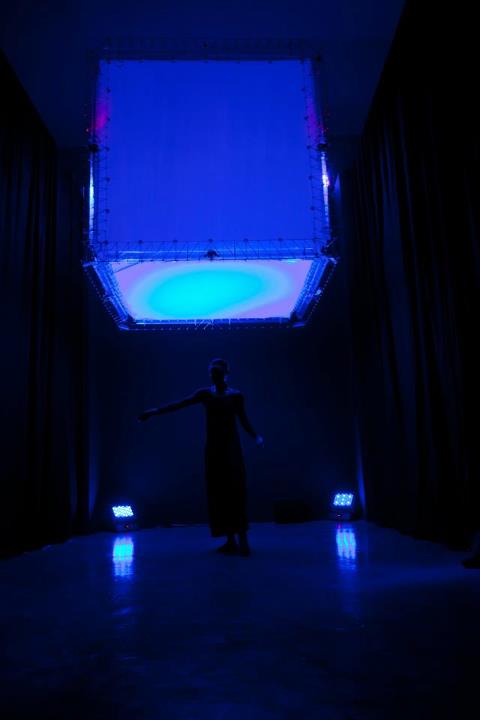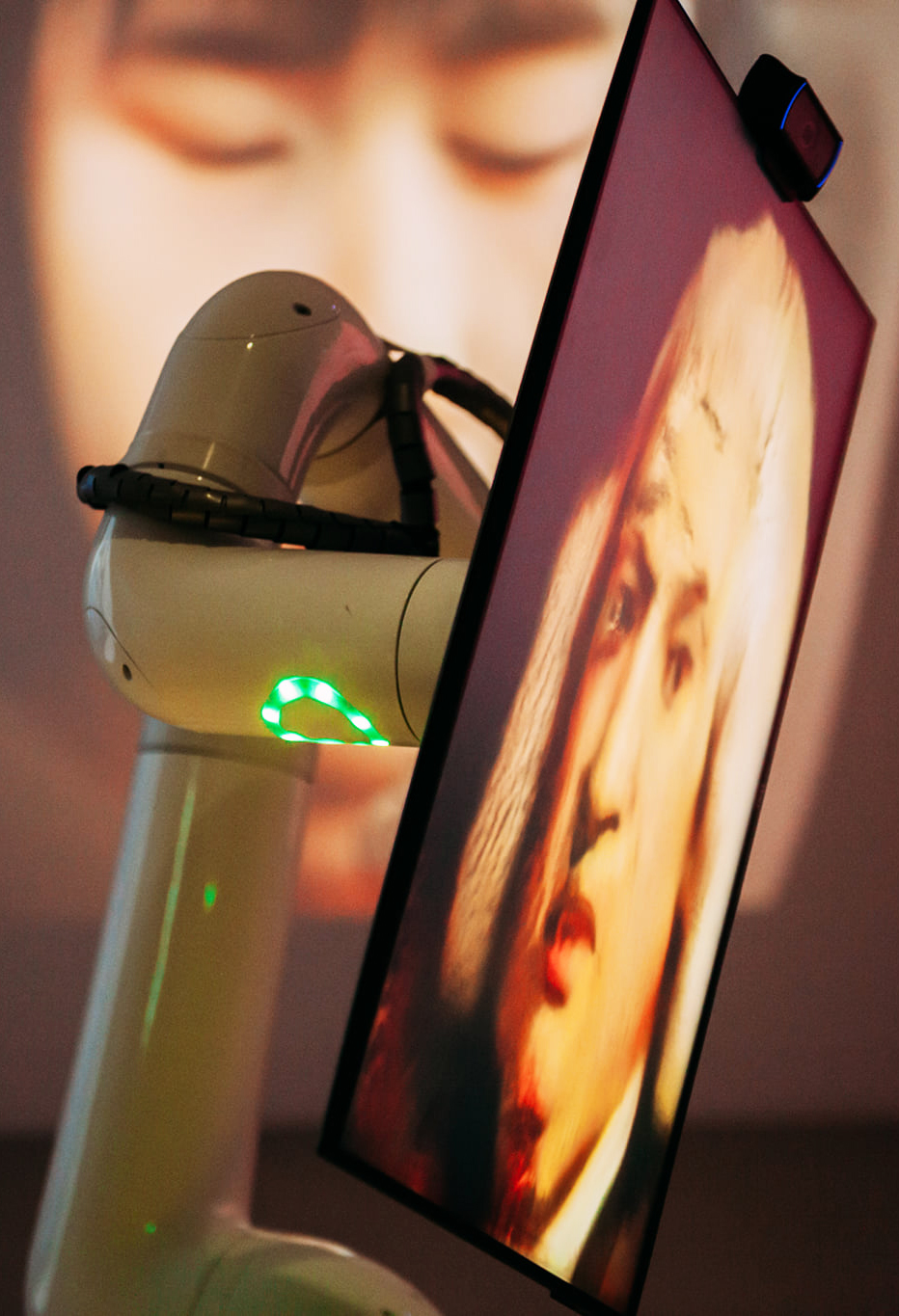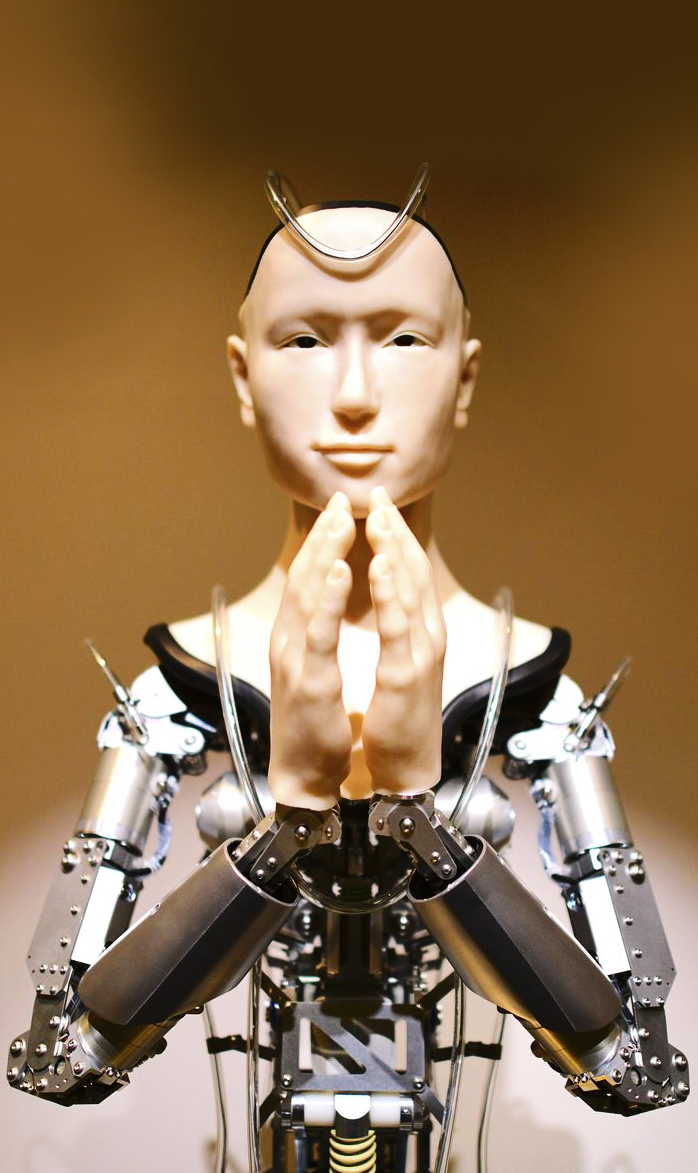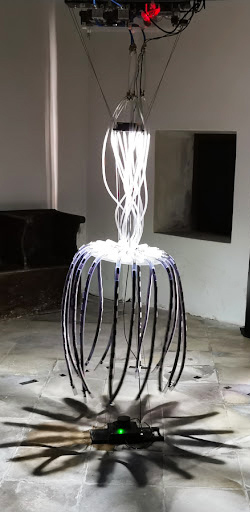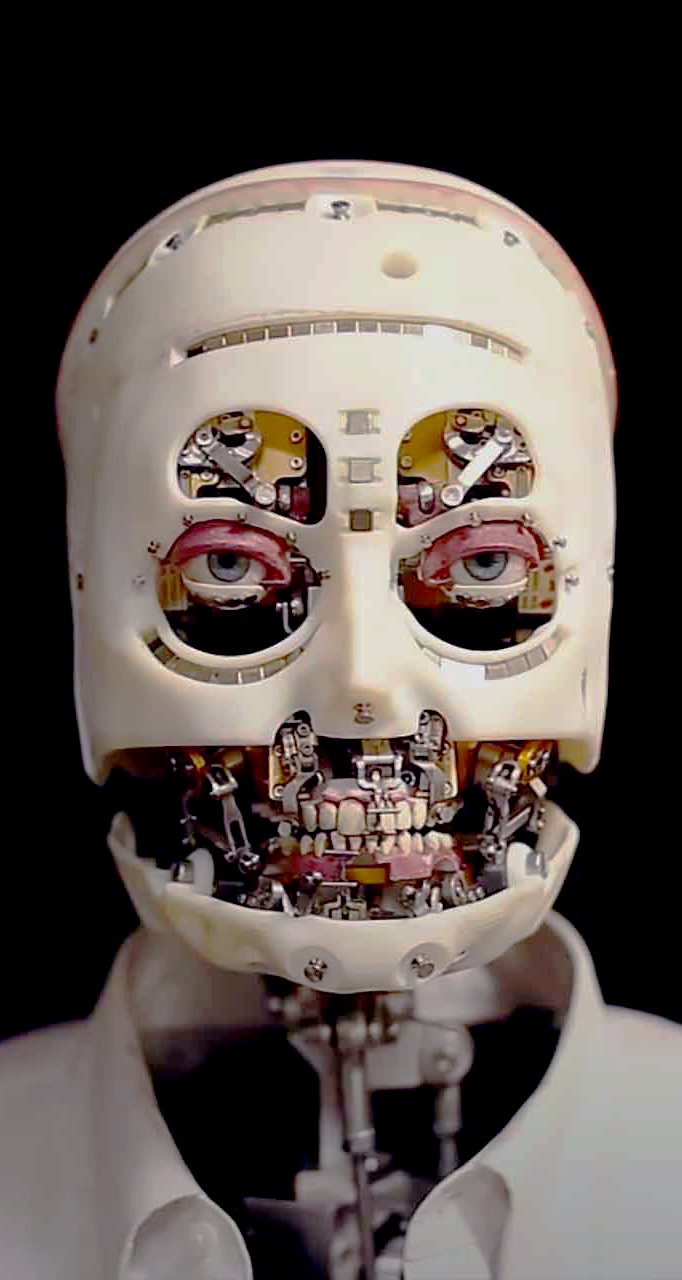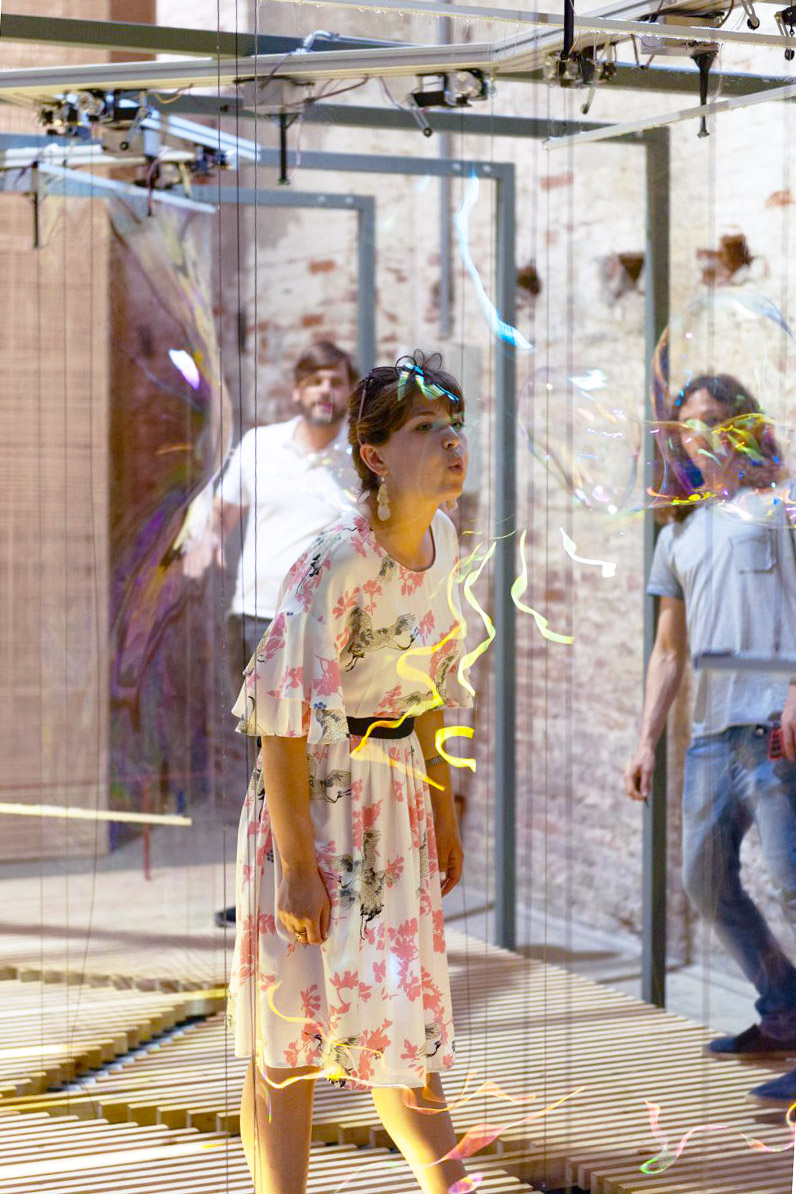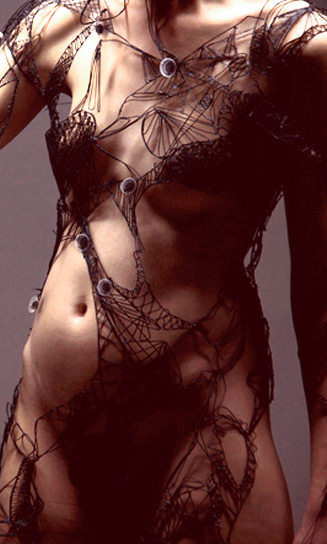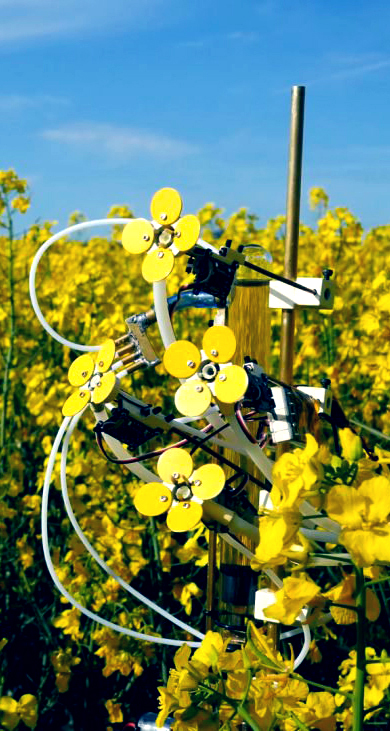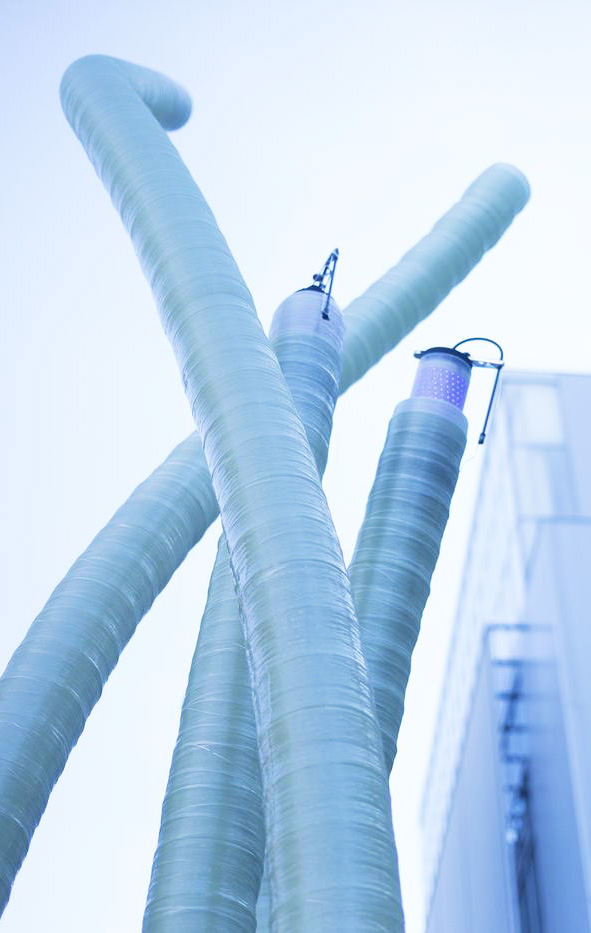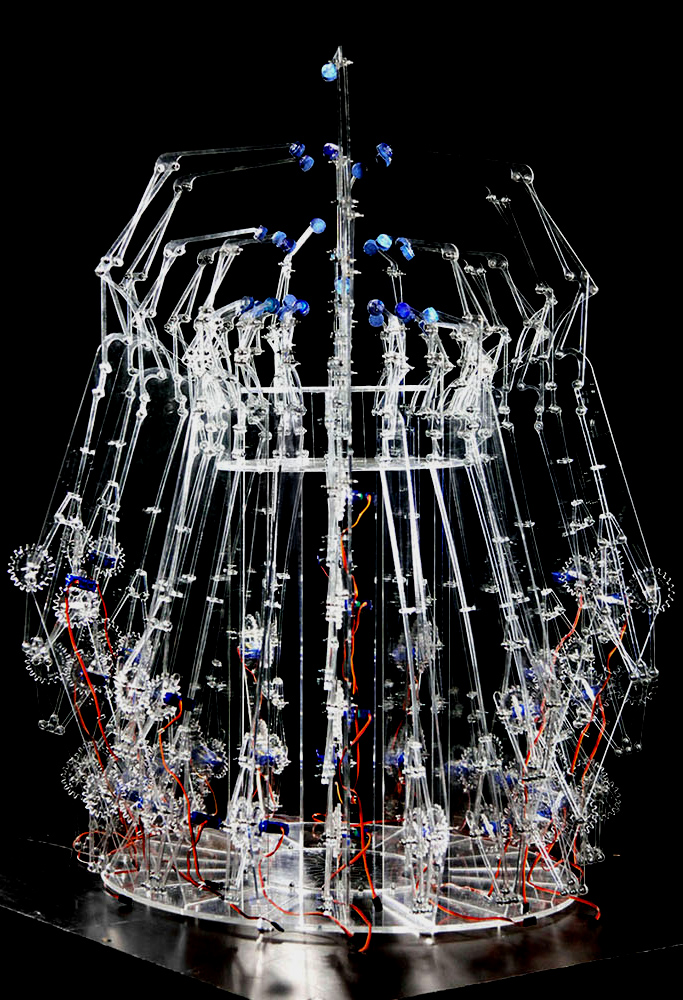
ROBOTICS
ROBOTICS
Robotics is the art and commerce of robots, their design, manufacture, application, and practical use. Robots will soon be everywhere, in our home and at work. They will change the way we live. This will raise many philosophical, social, and political questions that will have to be answered. In science fiction, robots become so intelligent that they decide to take over the world because humans are deemed inferior. In real life, however, they might not choose to do that. Robots might follow rules such as Asimov’s Three Laws of Robotics, that will prevent them from doing so. When the Singularity happens, robots will be indistinguishable from human beings and some people may become Cyborgs: half man and half machine.





